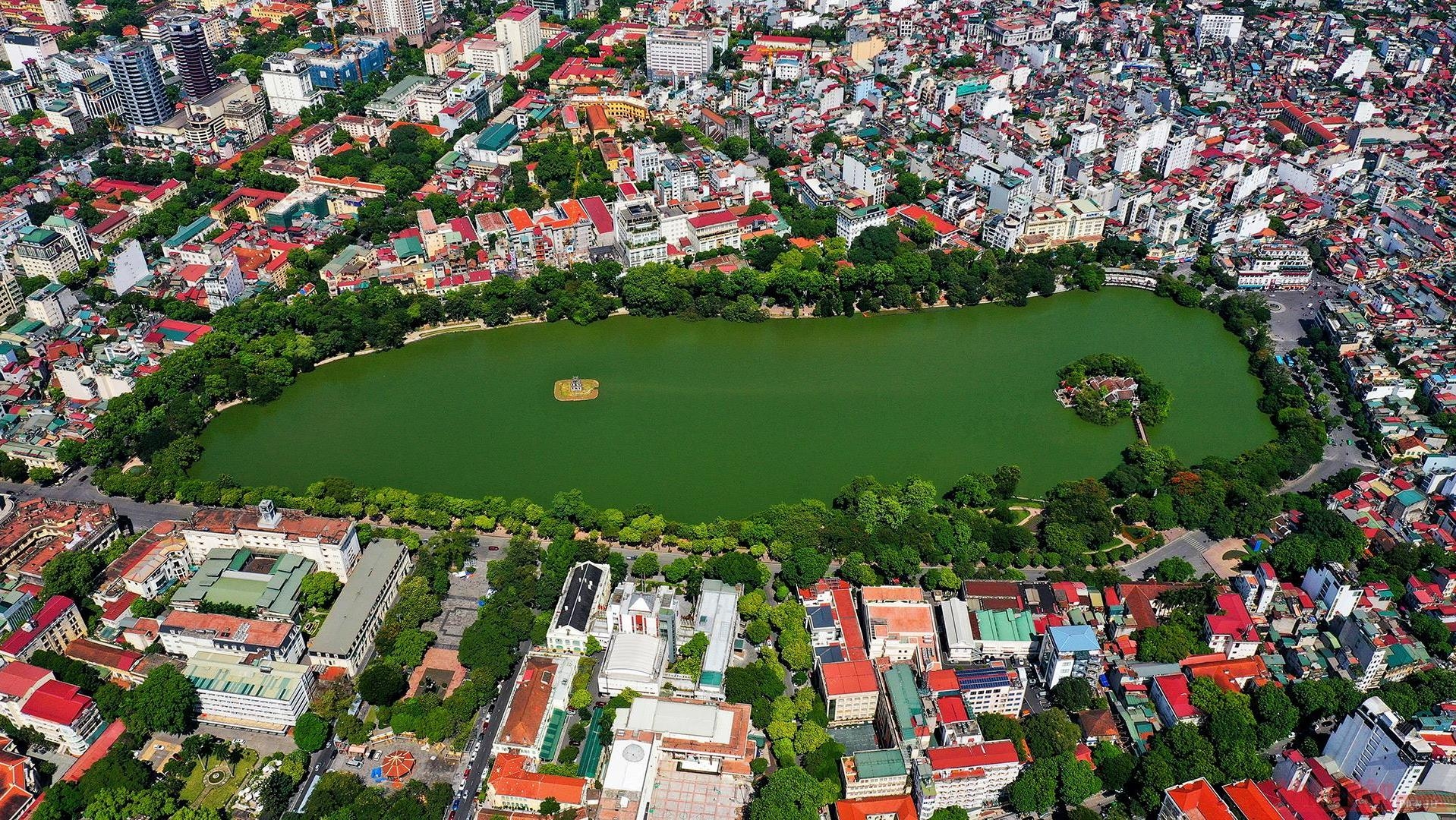Seen as a key solution for socio-economic development, Hanoi has been allocating a large chunk of state budget to upgrade transportation infrastructure, with the amount going up to VND7 trillion (US$302.02 million) annually.
|
Hoan Kiem Lake
|
So far, a number of major transportation projects has been completed and effectively contributed to easing traffic congestion, including Ring Road No.2, Vinh Tuy bridge, Ring Road No.3, National highway 1A (Van Dien - Ngoc Hoi section), the viaduct over the intersection of Nguyen Van Huyen - Hoang Quoc Viet.
|
Dong Tru Bridge helps connect Dong Anh and Long Bien districts.
|
All these works are proof of Hanoi’s strategy in putting transportation infrastructure as a key part for the city’s development.
|
Thang Long avenue.
|
In the next five years, Hanoi would focus on improving its connectivity with neighboring localities via radial routes, including National highways 1A, 3, 6, 21 and 21B; the road axes of West Thang Long, Ngoc Hoi - Phu Xuyen; Ring Roads No.3.5, 4 and 5.
|
Newly-built Ring Road No.3 (section Mai Dich – South Thang Long) was opened for traffic on October 11.
|
 |
|
This is the only elevated highway in Hanoi that allows a maximum speed of 100km per hour with a total investment cost of VND5.34 trillion (US$230 million).
|
While the urban railway line No.2A (section Cat Linh – Ha Dong) and the pilot urban railway line 3 (section Nhon – Hanoi Railway Station) are set to become operational soon, Hanoi will kick off the construction of four more urban railway lines in the period of 2021-2025, including line 5 (section Van Cao - Hoa Lac), line 3 (Hanoi Railway Station - Hoang Mai), the line from Nam Thang Long to Tran Hung Dao street, line 1 (Yen Vien - Ngoc Hoi).
|
Cat Linh – Ha Dong railway route.
|
|
Vo Nguyen Giap street.
|
|
Hanoi will focus on the modernization and rapid development, especially improving socio-economic infrastructure to ensure greater connectivity among the metropolitan, suburban and satellite urban areas.
|
|
Hanoi’s West Lake.
|
|
View from the West of Hanoi.
|
|
Hanoi’s GRDP growth is estimated to reach 3.94% this year, 1.5 times higher than the national average (2.5–3%).
|
|
View of Ba Dinh district.
|
|
For next year, Hanoi expects its economic growth to increase by 7.5% as the city will continue to pursue the dual target of both containing the pandemic and boosting for economic recovery
|
|
|
Hanoi’s view from Dong Anh district.
|
|
Cau Giay district.
|
|
By 2030, Hanoi is targeted to become a modern, green and smart city with high competitiveness and achieve GRDP per capita of around US$12,000-13,000.
|
Pham Hung/Ngoc Thuy (Hanoitimes)

A different Hanoi in bird’s-eye view
Those who have lived long enough in Hanoi are probably familiar with every corner of the capital city. However, there may exist a surprisingly different Hanoi when viewed from above.
